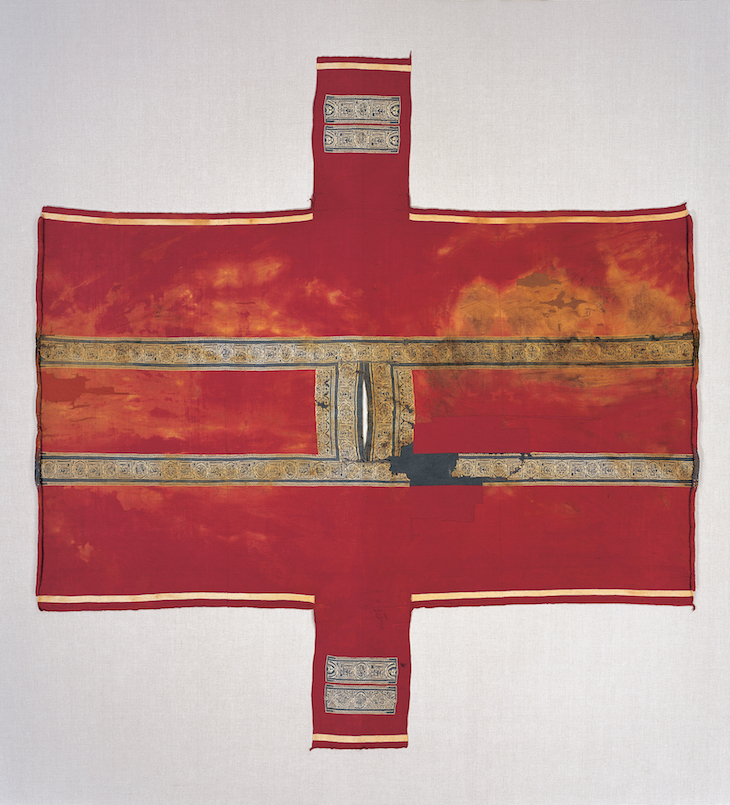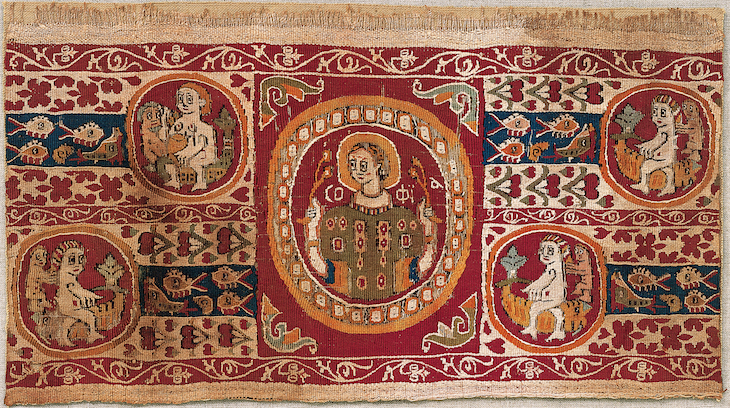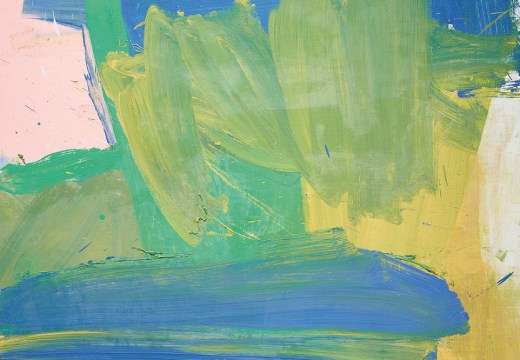In the Egypt of late antiquity, tunics were worn by men and women of every social class and for all occasions, from everyday activities to religious ceremonies. This exhibition explores the inventive ways in which people adapted and accessorised this uniform, so as to reflect status and individual taste. Drawn from the Abegg-Stiftung’s extensive textiles collection, the display presents ordinary linen and woollen tunics alongside rare examples in silk, tunic fragments, and ornamental appliqués. Find out more from the Abegg-Stiftung’s website.
Preview the exhibition below | View Apollo’s Art Diary here

Red woollen tunic (5th–7th century), Egypt. Photo: Christoph von Viràg; © Abegg-Stiftung, Riggisberg
This woollen tunic consists of a single piece of woven fabric – a considerable undertaking, given its exceptional size (requiring a loom of some two and a half metres in width) and complex patterned bands in purple and beige. Red dyes were a sign of luxury, indicating the wearer’s wealth.

Sleeveless woollen tunic (1st–2nd century), Egypt or Eastern Mediterranean. Photo: Christoph von Viràg; © Abegg-Stiftung, Riggisberg
After the third century, Egyptians were no longer mummified after death but buried in their clothes, meaning that a great many textiles have been preserved in the hot dry sands of the desert. Earlier examples such as this tunic, with its orange-coloured woollen weave and purple decorative bands, are much rarer.

Tapestry sleeve ornament (7th–9th century) Egypt. Photo: Christoph von Viràg; © Abegg-Stiftung, Riggisberg
The woman at the centre of this elaborate tapestry, which was once used as a sleeve ornament, is herself decked out in a richly embellished tunic. Around her flock a group of Nereids, riding on dolphins.

Detail of a round ornament with fisherman (7th–8th century), Egypt. Photo: Christoph von Viràg; © Abegg-Stiftung, Riggisberg
The decorative schemes of these textiles offer a tantalising glimpse of the personalities and tastes of their owners. Here a fisherman, surrounded by a host of critters and by various plant motifs, reels in two fish on his line.

Fragment of a silk tunic (4th century), Egypt or Eastern Mediterranean. Photo: Christoph von Viràg; © Abegg-Stiftung, Riggisberg
Silk, which until the sixth century had to be imported from China or India, was seen as the height of luxury. This exquisite fragment from a patterned silk tunic depicts a series of Cupids, clutching rabbits and fruit baskets.











![Masterpiece [Re]discovery 2022. Photo: Ben Fisher Photography, courtesy of Masterpiece London](http://www.apollo-magazine.com/wp-content/uploads/2022/07/MPL2022_4263.jpg)
Why are fathers so absent from art history?